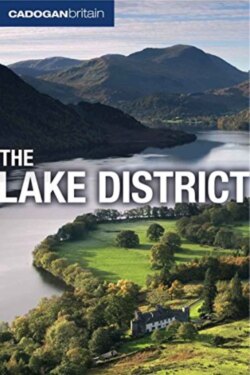Читать книгу Britain: The Lake District - Vivienne Crow - Страница 16
На сайте Литреса книга снята с продажи.
Warmer Climes – the Ice Sheets Disappear
ОглавлениеMan probably first made an appearance in what is today called Cumbria towards the end of the last Ice Age. Palaeolithic hunters are thought to have reached the Morecambe Bay area, the edge of the great ice sheets, about 10,000 years ago.
As the ice receded, the glaciers left a barren landscape that was slowly colonized by hardy plants such as juniper, mosses and grasses. It was only by about 5,500 BC that the area’s natural vegetation cover would have established itself: oak forest on the lower fells and then pine and birch woodland up to an altitude of about 2,000ft. If it hadn’t been for man’s intervention, that is exactly what you would see in Cumbria today – not the grassy, open fellsides that attract thousands of outdoor enthusiasts every year, but a mass of trees with just the rocky tops of the mountains poking through the woods.
It was also about this time, as the climate warmed up, that humans first began to turn their attentions to Cumbria, not just skirting the southern edge of the area as the Palaeolithic hunters did. Evidence of Mesolithic man, in the form of tiny flint chippings, has been found on the coast at Eskmeals and Walney near Barrow-in-Furness. These people would have been hunter-gatherers and, as such, would have had little noticeable impact on the environment.
